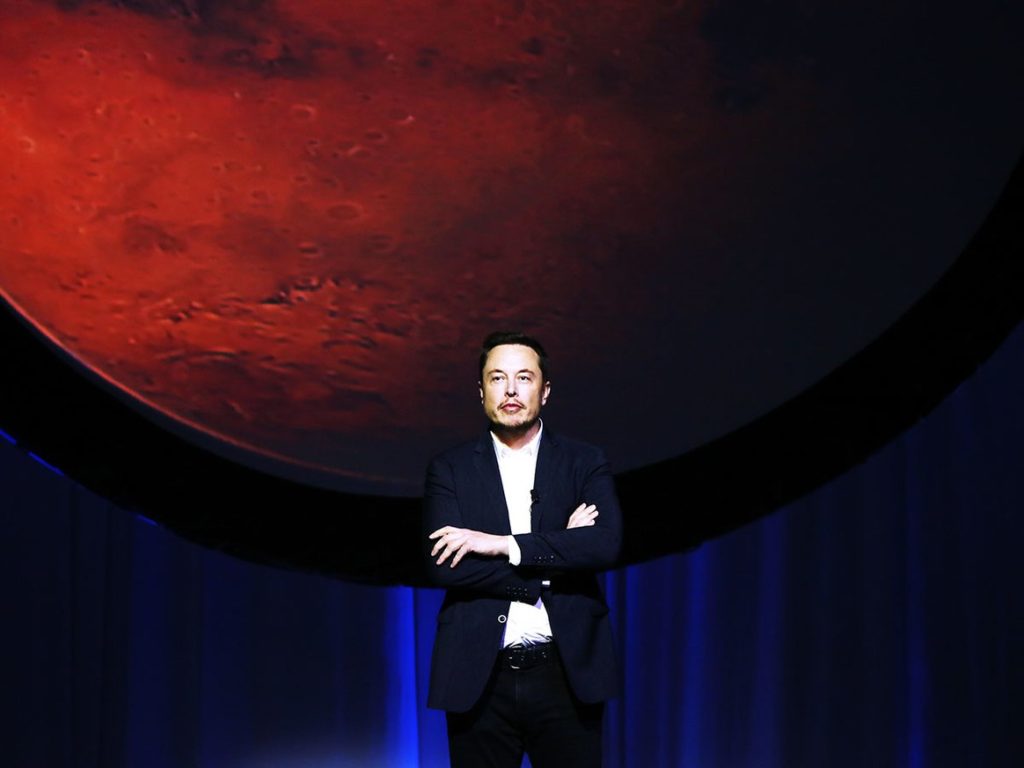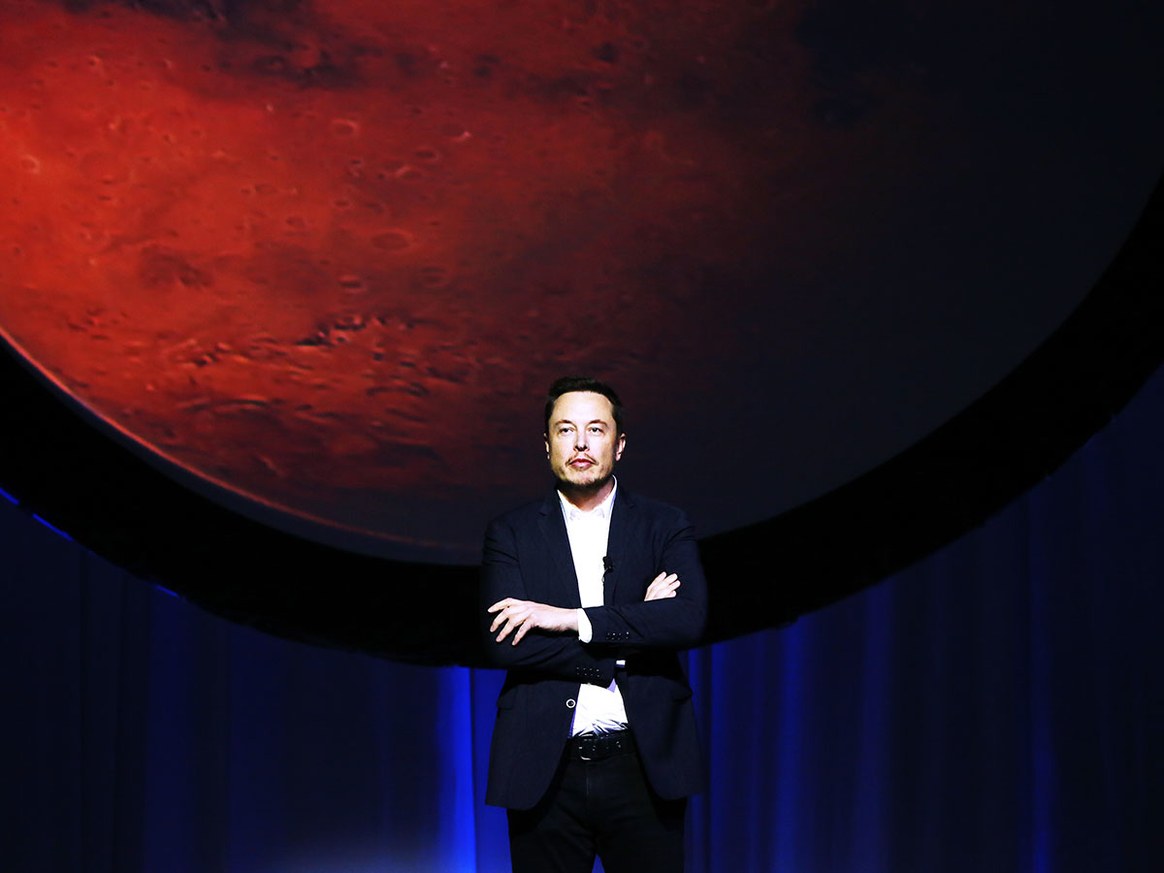

Elon Musk at the 67th International Astronautical Congress in Guadalajara, Mexico
For many, last Friday represented the ultimate fusion of science fiction and reality. Elon Musk, CEO and Chairman of Space X, finally unveiled his company’s plans to quite literally propel humans into Mars in the next decade.
It all happened in the 67th International Astronautical Congress in Guadalajara, Mexico. Musk began his intervention by sharing with the audience the latest developments that Space X had achieved in improving Falcon 9, a two-stage rocket designed to transport satellites to the Earth’s orbit, which can be seen as business as usual for a community that has been sending objects into space for decades now. However, the second part of his talk was significantly more groundbreaking when he presented a roadmap to create a sustainable form of civilization in Mars
It all starts with Space X’s Interplanetary Transport System (ITS), a family of rockets which would be able to transport 100 human beings from the Earth to Mars every 26 months, which is the timeframe for the Earth and Mars to reach their closest distance.
It is important to highlight, however, that the initiative wouldn’t be cheap for anyone. From an academic and industrial standpoint, it would take roughly 10 years for engineers to figure out the most efficient way to make the project happen assuming that there are not setbacks in the process, which is highly optimistic for such an ambitious endeavor. It will also not be the cheapest for passengers: tickets to get on board of one of these rockets and fly to Mars would initially be $500,000, and according to Elon Musk, would only be able to decrease the pricing to $200,000 once the trips garner sufficient demand. Last but not least, an interplanetary project such as these one would not become a reality with only small investments and capital contributions. Musk recognized this last Friday, and noted the importance of formulating a strategic public-private partnership in order to reach ITS’s objectives. This becomes especially important when remembering that the initiative is projected to cost around $10 billion dollars.
It is not unrealistic for Space X to expect the consolidation of a public-private partnership to achieve a trip to Mars. This type of strategy alliances are already evident at a smaller scale in the company, and the United States government has taken the lead on the public sector agents that are willing to support the idea. The most recent example of this collaboration resulted in the Raptors – reusable rocket engines that are powered by a combination of liquid methane and liquid oxygen. The engines’ prototypes were developed with roughly $34 million dollars from the U.S. Air Force’s Department of Defense funding, and $68 million coming out of Space X itself.
We still have a long way to go before we can step in the red planet. But it is good to know there are people with enough vision to see it happening and to understand the implications of such an achievement. Elon Musk made it clear: with only being able to launch one rocket every 26 months starting in 2026, it would take approximately 40 years for a civilization in Mars to be fully self-sustainable. Most of us might not even have the chance to participate in the trip, but this surely opens a whole new world of opportunities for future generations.
Check out the prototype for the Interplanetary Transport System below:
